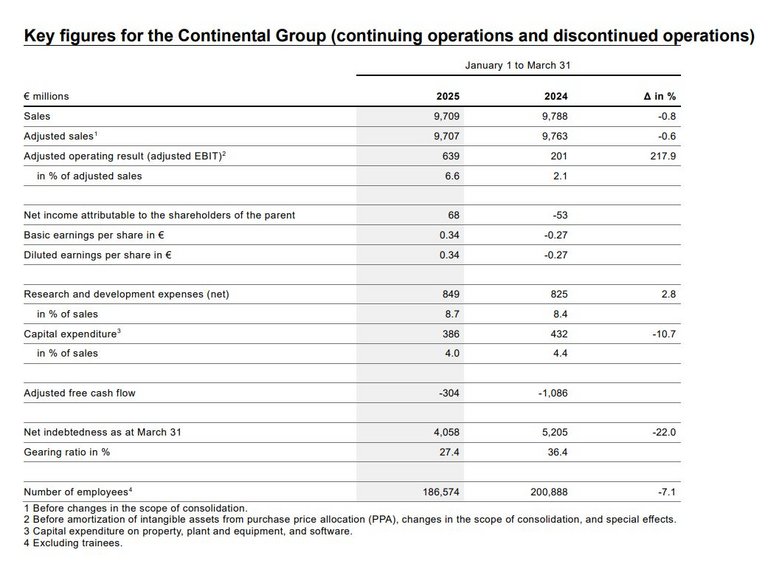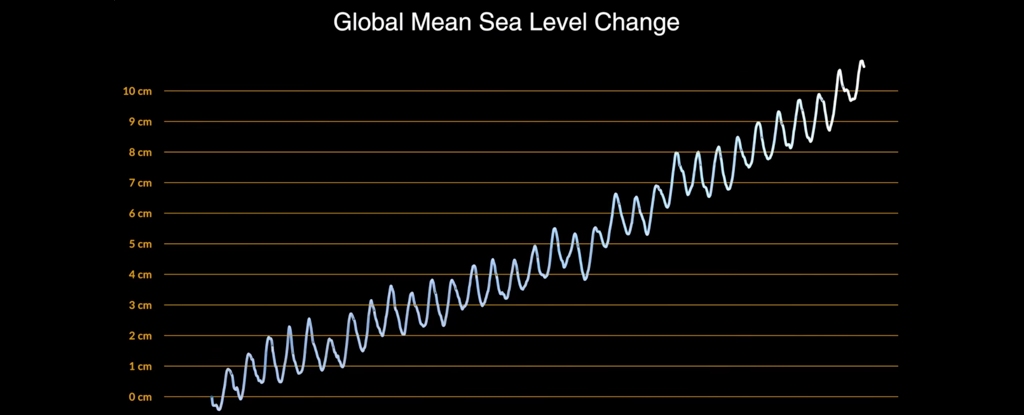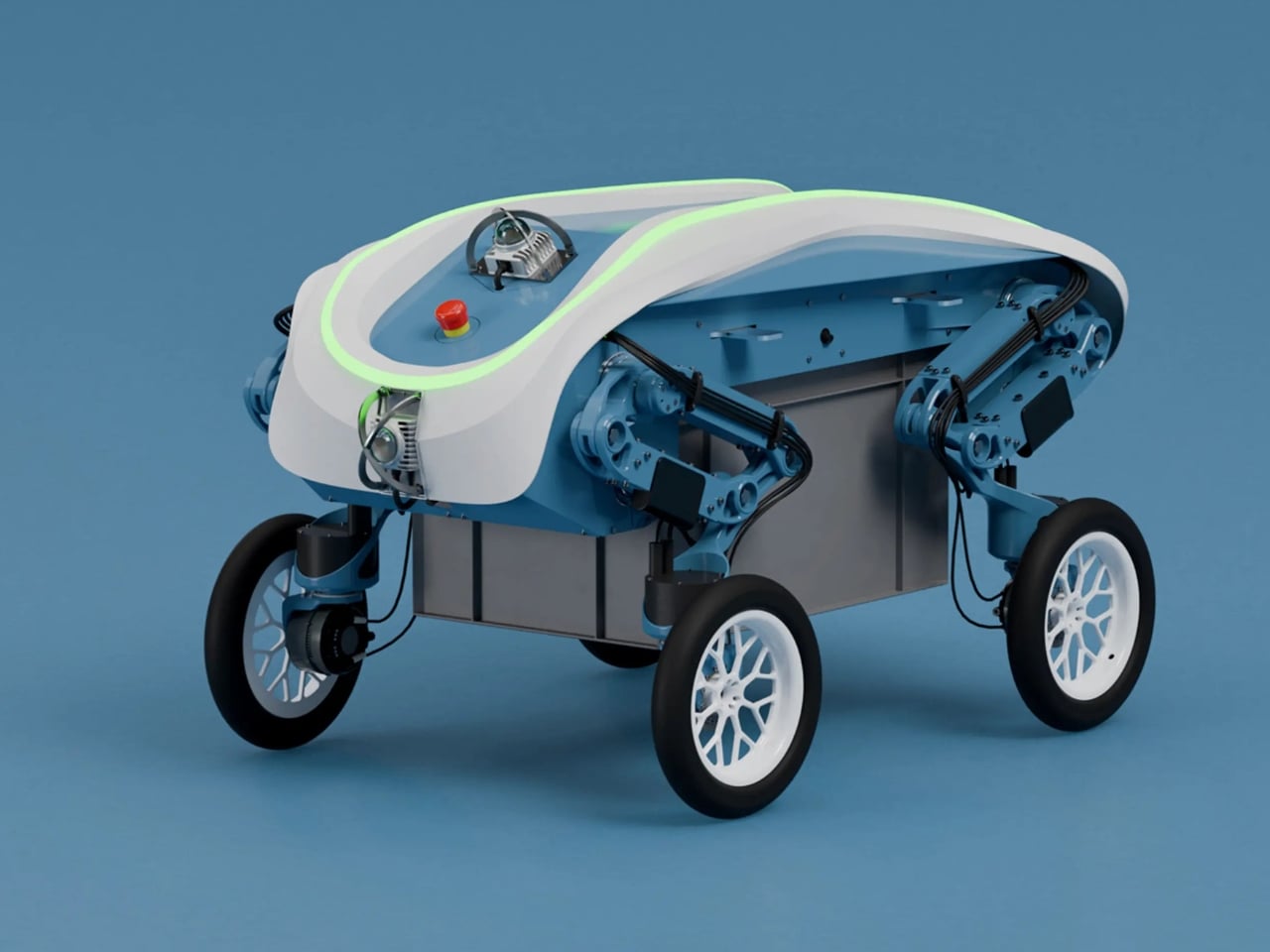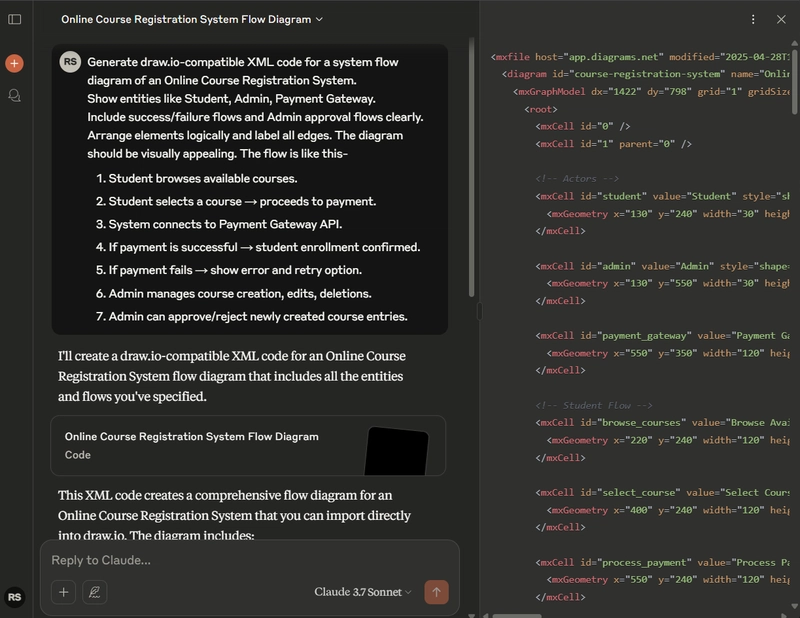India vs China: Who’s Winning the AI Race in Asia in 2025?
In 2025, the battle between India and China in the AI race has reached an inflection point, redefining technological leadership in Asia. The competition is no longer just about economic supremacy but about who can dominate the future of artificial intelligence. With both nations investing billions into AI research, startups, and infrastructure, the world watches closely to see who will lead. The India vs China AI Race 2025 is shaping the global tech narrative and redefining Asia’s innovation ecosystem. China's AI Dominance: The Established Giant China has long held the reputation as Asia’s AI powerhouse. With early investments in AI back in the 2010s, the country built a robust ecosystem backed by tech giants like Baidu, Tencent, and Alibaba. By 2025, China is leveraging its massive datasets, surveillance technology, and state-driven AI strategy to maintain a lead in areas such as: • Facial recognition and biometric surveillance • Smart city infrastructure • AI in military applications • Healthcare diagnostics The Chinese government’s National AI Plan, aimed to make China the world leader in AI by 2030, has shown significant milestones already achieved in 2025. India’s AI Surge: The Agile Challenger While China had the head start, India’s AI growth in 2025 has surprised many with its scale and depth. With a more democratic and collaborative approach, India has focused on scalable solutions for governance, health, agriculture, and education. Startups, public-private partnerships, and government programs like "Digital India" and "AI for All" have fast-tracked development. Key drivers include: • AI in public service delivery (governance, policing, citizen feedback) • Growth of AI-focused startups like Tagbin, Staqu, GreyOrange • AI for rural development and inclusive digital infrastructure • Adoption of open-source AI models to localize solutions India’s strength lies in its vast talent pool, with over 1 million AI-related professionals trained under national skilling programs by 2025. Innovation vs Implementation: Who Leads Where? India may not yet match China in raw investment or patent volume, but it is winning in ethical AI use cases, global collaboration, and decentralized innovation. Key Metrics in 2025 AI Race • Patent Filings: China has filed over 90,000 AI-related patents in 2025; India filed 15,000+ but focused on practical implementation. • AI Startups Valuation: China leads with 7 AI unicorns; India has 4, including fast-growing governance-tech startups. • Foreign Investment: India has seen a 60% rise in global AI investments, thanks to transparent frameworks and a favorable business environment. • AI Talent Export: India’s AI professionals are being hired by global tech firms in larger numbers than China’s. Global Impact and Alliances India has formed strategic AI alliances with the EU, Japan, and Australia focused on responsible AI, digital ethics, and open innovation. Meanwhile, China’s AI collaborations are more regionally confined, with influence spreading through Belt & Road AI initiatives. India’s positioning as a democratic counterweight to China’s centralized AI model is gaining favor among global organizations and civil societies. Public Sentiment and Digital Trust In 2025, digital trust has become a crucial metric for AI adoption. Indian AI systems are viewed as more transparent and less intrusive, while Chinese systems, though powerful, raise concerns over surveillance and privacy. India’s emphasis on ethical AI has improved public perception domestically and globally, boosting user engagement and adoption. Future Outlook: Who Might Lead Beyond 2025? The race isn’t over. China still leads in AI manufacturing, robotics, and military AI. But India’s trajectory is steep, propelled by democratic innovation, global partnerships, and real-world problem solving. By 2030, experts predict a bipolar AI power structure in Asia with India and China leading different dimensions of AI: • China leading in tech infrastructure, surveillance, and automation • India leading in AI for governance, inclusivity, and ethical innovation Final Thoughts The India vs China AI Race in 2025 is not just a competition of capabilities, but of philosophies. China represents centralized power and state-led dominance in AI, while India champions inclusive, citizen-focused innovation. Each model has its strengths, but India’s rise in 2025 signals that ethical, scalable, and transparent AI solutions can compete with the most capital-intensive systems. For now, China may retain its lead in high-end R&D, but India is setting the tone for how AI should responsibly serve a billion-plus citizens—and perhaps the world. FAQs Q1. Who is leading the AI race in Asia in 2025? China leads in AI infrastructure and surveillance tech, while India is rapidly advancing in inclusive, ethical AI applications. Q2. How is In


In 2025, the battle between India and China in the AI race has reached an inflection point, redefining technological leadership in Asia. The competition is no longer just about economic supremacy but about who can dominate the future of artificial intelligence.
With both nations investing billions into AI research, startups, and infrastructure, the world watches closely to see who will lead. The India vs China AI Race 2025 is shaping the global tech narrative and redefining Asia’s innovation ecosystem.
China's AI Dominance: The Established Giant
China has long held the reputation as Asia’s AI powerhouse. With early investments in AI back in the 2010s, the country built a robust ecosystem backed by tech giants like Baidu, Tencent, and Alibaba. By 2025, China is leveraging its massive datasets, surveillance technology, and state-driven AI strategy to maintain a lead in areas such as:
• Facial recognition and biometric surveillance
• Smart city infrastructure
• AI in military applications
• Healthcare diagnostics
The Chinese government’s National AI Plan, aimed to make China the world leader in AI by 2030, has shown significant milestones already achieved in 2025.
India’s AI Surge: The Agile Challenger
While China had the head start, India’s AI growth in 2025 has surprised many with its scale and depth. With a more democratic and collaborative approach, India has focused on scalable solutions for governance, health, agriculture, and education. Startups, public-private partnerships, and government programs like "Digital India" and "AI for All" have fast-tracked development. Key drivers include:
• AI in public service delivery (governance, policing, citizen feedback)
• Growth of AI-focused startups like Tagbin, Staqu, GreyOrange
• AI for rural development and inclusive digital infrastructure
• Adoption of open-source AI models to localize solutions
India’s strength lies in its vast talent pool, with over 1 million AI-related professionals trained under national skilling programs by 2025.
Innovation vs Implementation: Who Leads Where?
India may not yet match China in raw investment or patent volume, but it is winning in ethical AI use cases, global collaboration, and decentralized innovation.
Key Metrics in 2025 AI Race
• Patent Filings: China has filed over 90,000 AI-related patents in 2025; India filed 15,000+ but focused on practical implementation.
• AI Startups Valuation: China leads with 7 AI unicorns; India has 4, including fast-growing governance-tech startups.
• Foreign Investment: India has seen a 60% rise in global AI investments, thanks to transparent frameworks and a favorable business environment.
• AI Talent Export: India’s AI professionals are being hired by global tech firms in larger numbers than China’s.
Global Impact and Alliances
India has formed strategic AI alliances with the EU, Japan, and Australia focused on responsible AI, digital ethics, and open innovation. Meanwhile, China’s AI collaborations are more regionally confined, with influence spreading through Belt & Road AI initiatives.
India’s positioning as a democratic counterweight to China’s centralized AI model is gaining favor among global organizations and civil societies.
Public Sentiment and Digital Trust
In 2025, digital trust has become a crucial metric for AI adoption. Indian AI systems are viewed as more transparent and less intrusive, while Chinese systems, though powerful, raise concerns over surveillance and privacy.
India’s emphasis on ethical AI has improved public perception domestically and globally, boosting user engagement and adoption.
Future Outlook: Who Might Lead Beyond 2025?
The race isn’t over. China still leads in AI manufacturing, robotics, and military AI. But India’s trajectory is steep, propelled by democratic innovation, global partnerships, and real-world problem solving.
By 2030, experts predict a bipolar AI power structure in Asia with India and China leading different dimensions of AI:
• China leading in tech infrastructure, surveillance, and automation
• India leading in AI for governance, inclusivity, and ethical innovation
Final Thoughts
The India vs China AI Race in 2025 is not just a competition of capabilities, but of philosophies. China represents centralized power and state-led dominance in AI, while India champions inclusive, citizen-focused innovation. Each model has its strengths, but India’s rise in 2025 signals that ethical, scalable, and transparent AI solutions can compete with the most capital-intensive systems.
For now, China may retain its lead in high-end R&D, but India is setting the tone for how AI should responsibly serve a billion-plus citizens—and perhaps the world.
FAQs
Q1. Who is leading the AI race in Asia in 2025? China leads in AI infrastructure and surveillance tech, while India is rapidly advancing in inclusive, ethical AI applications.
Q2. How is India catching up with China in AI? Through government programs, startup innovations, talent development, and global ethical AI partnerships.
Q3. What makes India’s AI model different from China’s? India focuses on citizen-centric, democratic, and transparent AI use cases, unlike China’s state-heavy surveillance systems.
Q4. Which sectors are benefiting from AI in India and China in 2025? In China: smart cities, healthcare, defense. In India: governance, agriculture, education, retail.
Q5. Will India surpass China in AI by 2030? India is on track to lead in ethical and inclusive AI, while China will likely dominate in tech-heavy infrastructure and automation.












































































